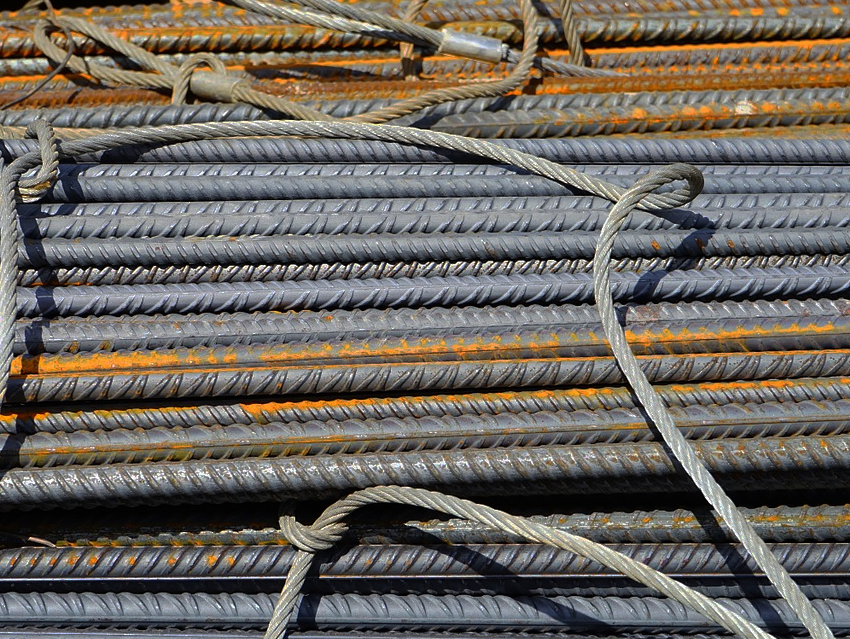Steel has two grid structure variants: austenite and martensite. Austenite can deform under pressure and gives the steel formability and shape memory. Under pressure, it transforms into the harder but more brittle martensite.
Li Liu, The University of Hong Kong, China, Qin Yu, Lawrence Berkeley National Laboratory, CA, USA, and colleagues have developed a cost-effective method to produce ultra-high-strength steel that is ductile and fracture resistant. The team started with steel to which 9.95 % manganese, 0.44 % carbon, 1.87 % aluminum, and 0.67 % vanadium have been added.
The steel initially consists almost entirely of austenite grains. These are elongated by hot rolling. During the subsequent cold rolling process, the austenite is partially converted into martensite. This results in a lamellar duplex microstructure of both structures. In the final step, partitioning ensures that the carbon dissolved in the steel is transferred from the martensite to the austenite.
In the steel, fine, layered lamellae of elongated austenite grains are embedded in the martensite matrix. The team found that this structure makes the material highly resistant and at the same time prevents the propagation of cracks in the steel. The micro-lamellae slightly diverge under pressure and thus absorb part of the energy. However, because the layer structure remains stable in itself, no major cracks are formed.
The steel can withstand a pressure of about 2 GPa and is still crack-resistant at 102 MPa. This is comparable to the strength of the best maraging steels, but it has twice its toughness. According to the researchers, the steel can easily be produced industrially and has low raw material costs.
- Making ultrastrong steel tough by grain-boundary delamination,
L. Liu, Qin Yu, Z. Wang, Jon Ell, M. X. Huang, Robert O. Ritchie,
Science 2020.
https://doi.org/10.1126/science.aba9413




